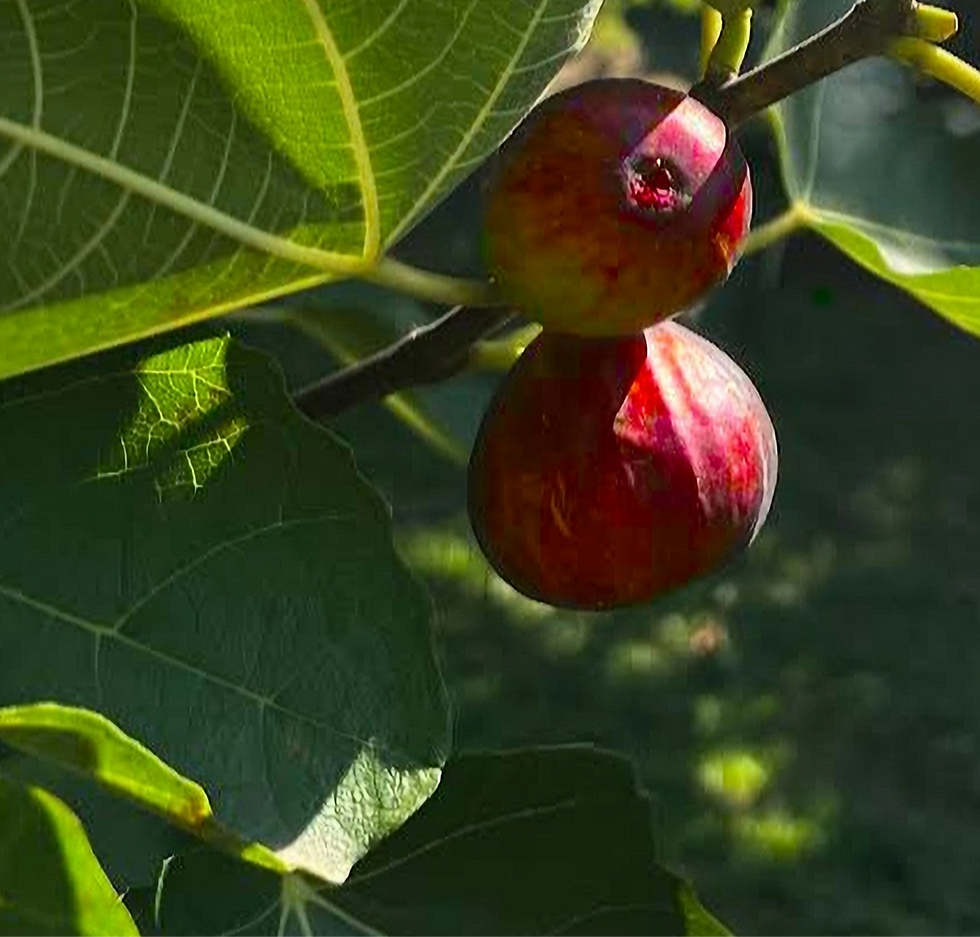Fig tree cuttings. Start this winter by growing new trees.
- Jay McCutcheon
- Feb 8
- 2 min read
Updated: Apr 27

Weathered Eye Farm is holding a 2-hour, fig tree-cutting demonstration on Saturday, March 8th, 2025, from 10:00 am to 12 noon.
Participants receive cuttings, potting mix, and containers.
Growing a fig tree from a cutting can be simple. Propagating involves taking a stem segment from an established tree and encouraging it to develop roots.
A cutting allows you to clone a tree with desirable traits, like fruit flavors, or a cost-effective way to expand your garden. For example, a single healthy fig tree can yield dozens of cuttings, enabling you to create multiple new trees without spending a cent.
The Cutting Process
Gather these essential tools: a sharp, sterile knife or pruning shears, a pot with drainage holes, and a neutral poxing mix with low ph such as peat moss and sand. Selecting a healthy fig tree for your cuttings is crucial since your source tree's vitality significantly impacts your new plant's success.
Choose a branch that is about 8 to 10 inches long and has multiple nodes, for instance, choosing a branch from a 3-year-old tree that has thrived in your garden can result in stronger cuttings. Make a clean cut just below a node, ensuring the stem is free from any signs of disease or rot.
The Rooting Process
Place the cut end in a rooting hormone (optional) to stimulate root growth. This step isn’t mandatory, and I've heard arguments for and against it. However, why not if it may help?
Next, plant your cutting in a prepared mix burying as many nodes as possible below the soil line. Water the soil lightly, keeping it moist but not soggy. Another optional step is to cover the pot with a plastic bag or a propagation dome, which creates a mini greenhouse effect.

Comments